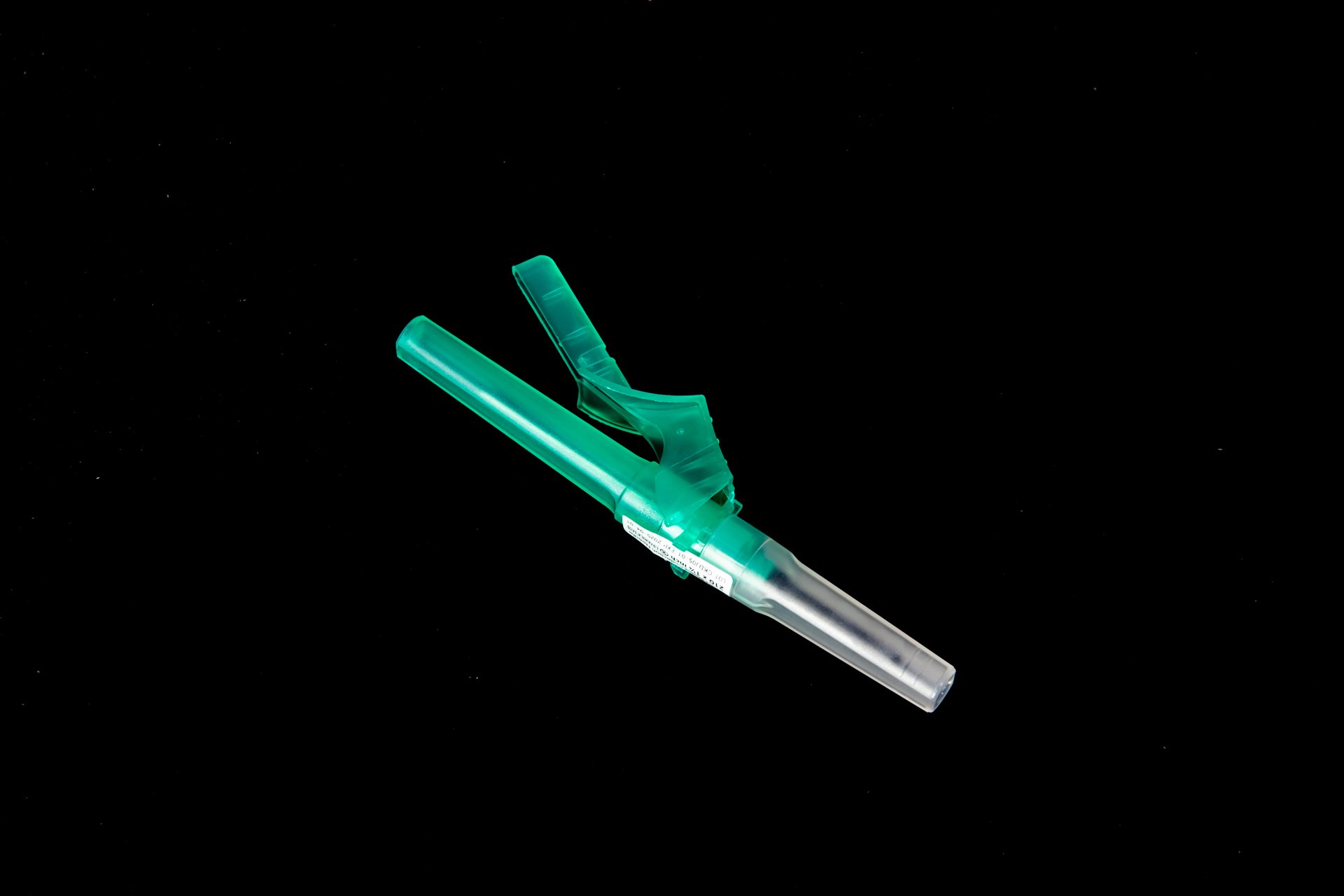Patient Feedback On Needle Size And Usage
Needle size and usage are crucial factors when it comes to administering medication and performing various medical procedures. Patients' feedback on needle size and usage can provide valuable insights that can help improve the overall healthcare experience. In this article, we will explore the importance of patient feedback on needle size and usage and how it can drive positive changes in the healthcare industry.
The Impact of Needle Size on Patients
Needle size plays a significant role in patients' overall experience during medical procedures. The size of the needle can affect the level of pain and discomfort experienced by the patient. A smaller needle size is often preferred by patients as it can reduce pain and minimize tissue damage. On the other hand, larger needles may cause more pain and bruising, leading to a negative experience for the patient.
Patients' feedback on needle size is essential as it can help healthcare providers understand the impact of needle size on patient comfort and satisfaction. By listening to patients' feedback, healthcare providers can make informed decisions when choosing the appropriate needle size for medical procedures.
Needle Size Options
There are various needle sizes available for different medical procedures. Some common needle sizes include:
Patients may have different preferences when it comes to needle size based on their pain tolerance and past experiences. By considering patients' feedback on needle size, healthcare providers can tailor their approach to meet the needs and preferences of individual patients.
The Importance of Patient Feedback
Patients' feedback on needle size and usage can provide valuable insights that can help improve the overall healthcare experience. By listening to patients' feedback, healthcare providers can gain a better understanding of the impact of needle size on patient comfort and satisfaction. This information can help healthcare providers make informed decisions when selecting needle sizes for medical procedures.
Benefits of Patient Feedback
Some of the benefits of collecting patient feedback on needle size and usage include:
Improved patient satisfaction: By listening to patients' feedback, healthcare providers can identify areas for improvement and make changes to enhance patient satisfaction.
Enhanced patient comfort: Patients' preferences on needle size can vary, and by considering their feedback, healthcare providers can help minimize discomfort and pain during medical procedures.
Increased trust and communication: When patients feel that their feedback is valued, it can strengthen the relationship between patients and healthcare providers, leading to better communication and trust.
Overall, patient feedback on needle size and usage can drive positive changes in the healthcare industry and contribute to a better healthcare experience for patients.
Strategies for Collecting Patient Feedback
There are various strategies that healthcare providers can use to collect patient feedback on needle size and usage. Some effective strategies include:
Surveys
Surveys are a common method used to collect patient feedback. Healthcare providers can create surveys specifically focused on needle size and usage to gather information from patients. Surveys can be conducted in person, over the phone, or online for convenience.
Focus Groups
Focus groups can also be an effective way to collect patient feedback on needle size and usage. By bringing together a group of patients to discuss their experiences and preferences, healthcare providers can gain valuable insights that can help inform decision-making.
One-on-One Interviews
One-on-one interviews with patients can provide a more in-depth understanding of individual experiences and preferences regarding needle size and usage. Healthcare providers can use these interviews to gather detailed feedback and tailor their approach to meet the needs of each patient.
Conclusion
Patients' feedback on needle size and usage is essential for improving the overall healthcare experience. By listening to patients' preferences and experiences, healthcare providers can make informed decisions when choosing needle sizes for medical procedures. Collecting patient feedback through surveys, focus groups, and one-on-one interviews can help healthcare providers gain valuable insights that can drive positive changes in the healthcare industry. Ultimately, patient feedback plays a critical role in enhancing patient satisfaction, comfort, and trust in healthcare providers.
Disclaimer: The content provided on this blog is for informational purposes only, reflecting the personal opinions and insights of the author(s) on phlebotomy practices and healthcare. The information provided should not be used for diagnosing or treating a health problem or disease, and those seeking personal medical advice should consult with a licensed physician. Always seek the advice of your doctor or other qualified health provider regarding a medical condition. Never disregard professional medical advice or delay in seeking it because of something you have read on this website. If you think you may have a medical emergency, call 911 or go to the nearest emergency room immediately. No physician-patient relationship is created by this web site or its use. No contributors to this web site make any representations, express or implied, with respect to the information provided herein or to its use. While we strive to share accurate and up-to-date information, we cannot guarantee the completeness, reliability, or accuracy of the content. The blog may also include links to external websites and resources for the convenience of our readers. Please note that linking to other sites does not imply endorsement of their content, practices, or services by us. Readers should use their discretion and judgment while exploring any external links and resources mentioned on this blog.



